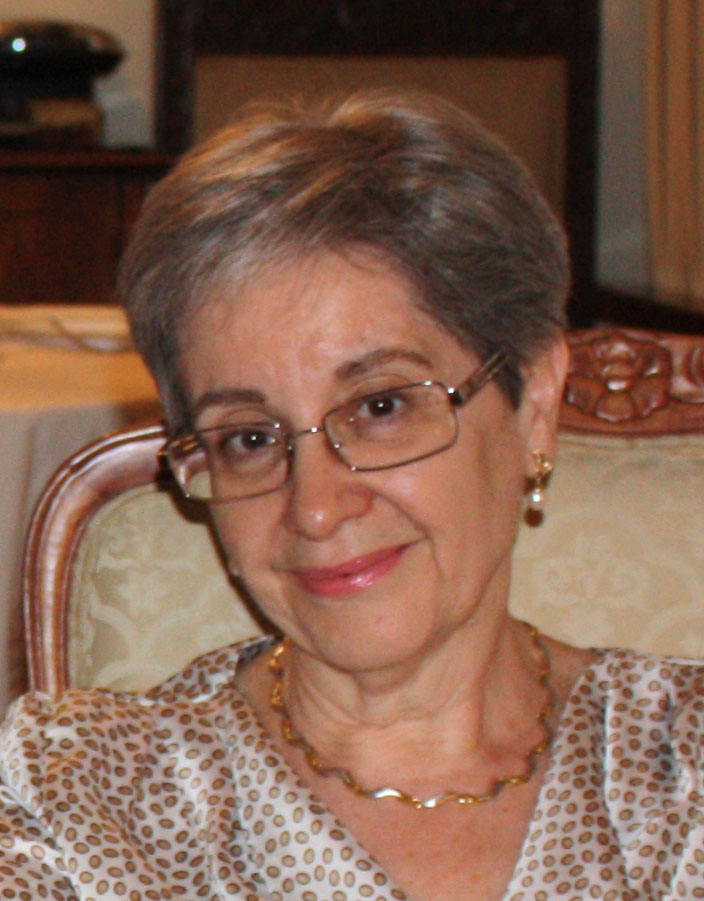PABMB Lecture
Monday 1 September
15:00-16:00, Grand Auditorium
 |
University of Chile, Santiago, CL From genes to applications in antibacterial next generation therapy Currently, the increasing appearance of multi-resistant pathogenic bacteria emerges as an important health problem, and for this reason, many antibacterial agents are now being considered: bacteriophages, antimicrobial peptides, probiotic bacteria and bacteriocins. Bacteriocins have been postulated as a new paradigm in antibiotic discovery that seeks to incorporate the genetics, genomics, microbiological ecology and evolutionary theory in the design of new generation target-specific antibacterials. Bacteriocins have kept their effectiveness because the toxin is directed to a narrow part of the microbial community, hence the resistance selection does not occur with different species simultaneously. Microcin E492 (MccE492) is a bacteriocin that is very effective in Gram-negative strains, that presents extremely interesting properties that can be exploited for the design of new antibiotics: small (<9000), heat stable, resistant to some proteases and conditions of extreme pH; recognition of the target using the Trojan horse strategy; a potent toxic activity through pore-formation; a modular structure associated with the uptake and toxic activity; and the ability to form amyloids to sequester the toxic species, thus modulating its activity. It has been demonstrated that bacteriocin-producing bacteria may control the environment where they live without significantly altering the bacterial community. This is a key point in developing next generation antibiotics, targeted to specific strains, which behaviour resembles a probiotic. The knowledge of how MccE492 is produced and the toxic activity controlled is relevant to determine if this strategy confers an advantage to the producer strain in the native environment. Supported by FONDECYT grant 1140430 Biography Rosalba Lagos was born in Santiago, Chile, where she studied Biology at University of Chile. She obtained her PhD in Biochemistry in 1985 at University of Chile, carrying out her PhD thesis at the Department of Microbiology and Molecular Genetics, Harvard Medical School working on phages P2 and P4. She is currently a Professor at the Departamento de Biología, Facultad de Ciencias, Universidad de Chile. With other scientists in 1987 she founded the first Graduate Program in Microbiology in Chile, and more recently the Molecular Biotechnology PhD Program at University of Chile. Presently, she is the Director of the Graduate School at Facultad de Ciencias, Universidad de Chile. In addition, she is Associate Editor of Biological Research, and the President of the Chilean Biology Society, the largest scientific society in Chile. Her present research focuses on several aspects of microcin E492, a pore forming bacteriocin, such as the regulation of the expression of the genes necessary for microcin antibacterial activity, and its applications on the design of new antibiotics. Another aspect of her research involves the study of amyloid fibrils formed by microcin E492, the characterization of the precursors and toxic structures on bacteria and the cytotoxic effect on tumor cells. |
||
|
|
|||





